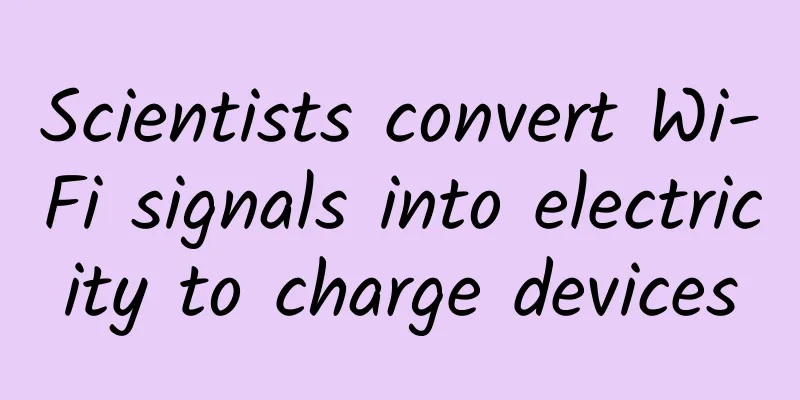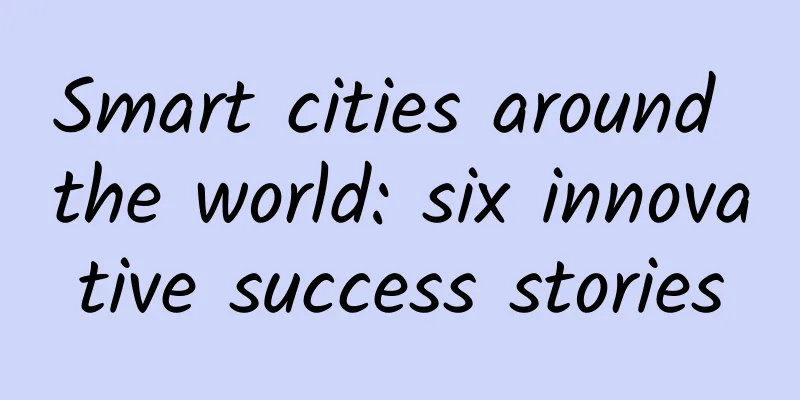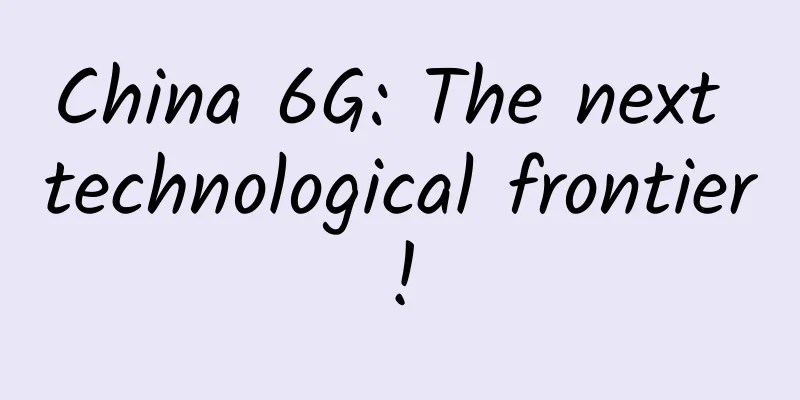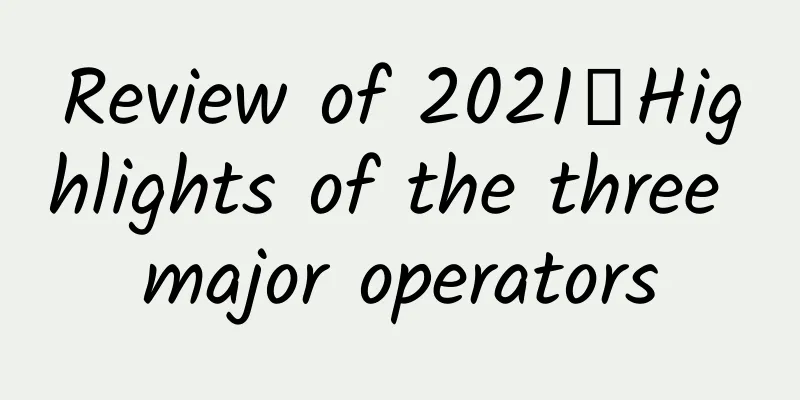Scientists convert Wi-Fi signals into electricity to charge devices

|
Wireless charging, which we often refer to, generally refers to wireless power transmission technology. For example, wireless charging of mobile phones, watches and other devices is mainly achieved through the principle of electromagnetic induction. However, a scientific team from the National University of Singapore and Tohoku University in Japan published a new paper in the journal Nature showing that they have been able to convert Wi-Fi signals into energy and charge electronic devices. Scientists have developed a "self-torque oscillator" (STO). Through this device, it is possible to capture wireless radio frequencies and convert them into energy to power some small electronic devices. Spin torque oscillators are nanoscale devices that use changes in the direction of a magnetic field to generate microwaves, but the microwaves generated by any single device are too weak for practical applications. Therefore, physicists have tried to generate reliable microwave fields by coupling large integrated circuits. To utilize this underutilized energy source, the researchers overcame the limitations of space and low frequency and used a new array in which eight spin torque oscillators were connected in series. Through this array, the 2.4GHz radio electromagnetic waves used by Wi-Fi were converted into DC voltage signals and then transmitted to the capacitor, successfully lighting up a 1.6V LED light. When the capacitor was charged for 5 seconds, it was able to light up the same LED light for one minute after the wireless power was turned off. The researchers are currently testing different numbers of spin-torque oscillators in the array to further enhance the technology’s energy-harvesting capabilities, and plan to test energy harvesters to wirelessly charge other electronic devices and sensors. |
>>: The Ministry of Industry and Information Technology held a special meeting on 5G/6G technology
Recommend
Overview of Honeynet Technology Based on SDN
The development of cloud computing and virtualiza...
Credit card fraud empire: Black industry pours into consumer finance and earns millions of dollars a month
[[188862]] In the past two years, consumer financ...
In 6 years, the staff has gone from novices to experts. The informatization of the China National Museum of Ethnic Minorities is so trendy!
[51CTO.com original article] Whenever people ment...
The lingering troubles of Apple computers! How to make them compatible with USB flash drives and mobile hard drives
[[348358]] Many friends who use Apple computers o...
Digital disruption is sweeping the world, with 92% of organizations saying they have a digital transformation strategy
Recently, Cisco, together with IDC and other auth...
Comparative analysis of three types of CDN vendors: Technologically innovative ones lead the way
Preface: With the explosion of live video, the ri...
What are virtual networks and why they are here to stay
The computer networks we typically imagine involv...
GaN and SiC power semiconductor market expected to exceed $4.5 billion by 2027
The booming development and promotion of 5G techn...
HTTP protocol interview challenges
I am an atypical interviewer. For the first quest...
VMISS VPS 20% off, Hong Kong/Korea/Japan/Los Angeles etc. starting from 21 yuan/month, CN2 GIA/9929/CMIN2 lines available
Canadian hosting provider VMISS currently offers ...
KVMLA: 60 yuan/month KVM-2GB/30GB/600GB/Japan & Hong Kong & Singapore data centers
KVMLA is a long-established Chinese business foun...
What stage have 5G, autonomous driving, and artificial intelligence reached? One picture can tell you
On August 29, Gartner, the world's most autho...
WiFi speed is slow, try these 8 simple tips
Slow WiFi speed is always a headache, especially ...
Don’t worry about traveling during the May Day holiday, use the portable WiFi to relieve your worries
The May Day holiday is coming. I believe many fri...
[CyberMonday] RackNerd: $12/year KVM-1.5GB/20GB/3.5TB/San Jose & Seattle, etc.
RackNerd has released a special Cyber Monday pr...









